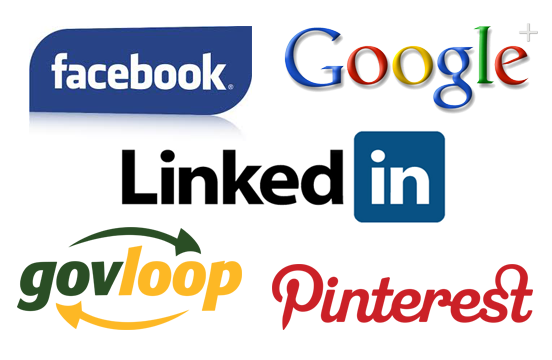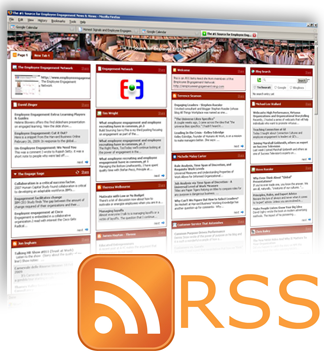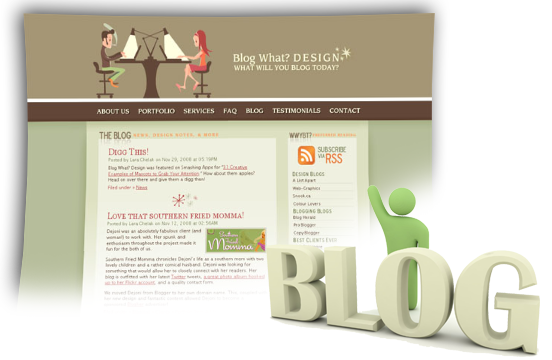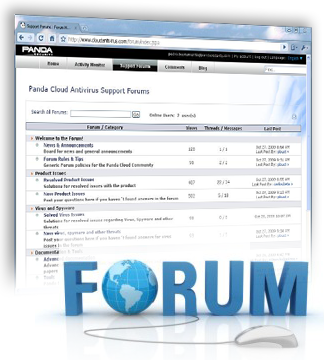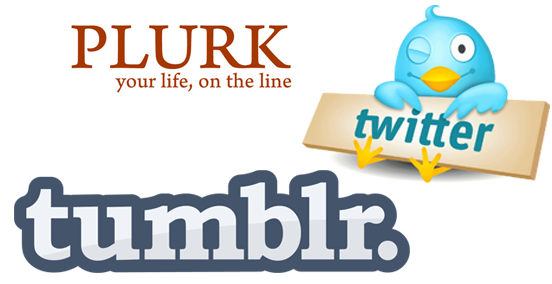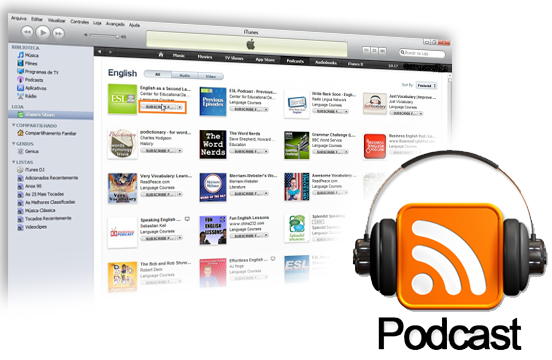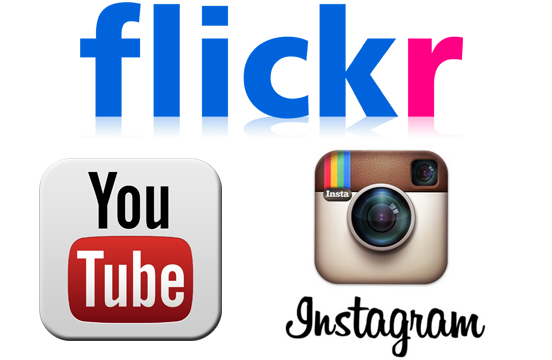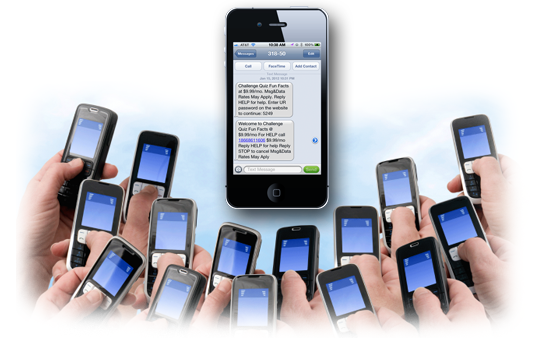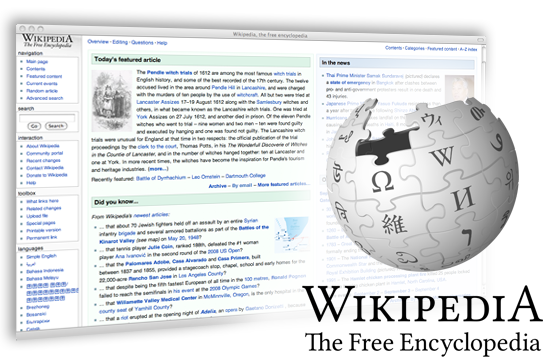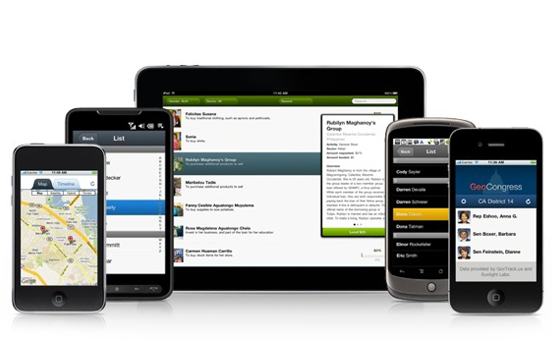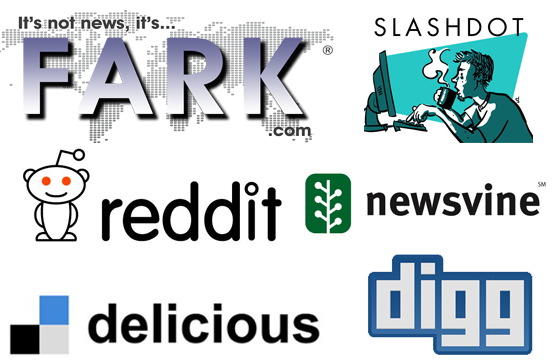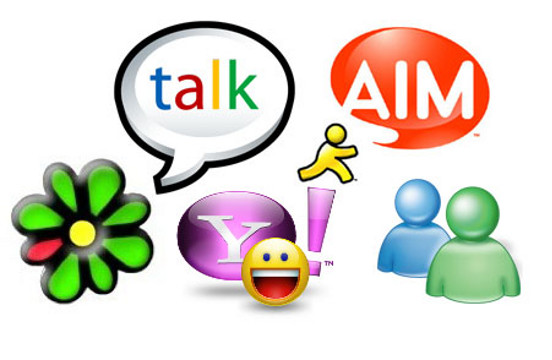Lesson 1: Basic Concepts in Risk Communication
Topic 5: Risk Communication in the 21st Century
The ways people communicate with each other is changing rapidly. Communication is becoming more open, transparent, immediate, informal, and collaborative. Hence, risk communicators are finding they need to adapt to a style of communication that might be unfamiliar. Communicators are also discovering that they must provide information more quickly than they may be comfortable with. In this topic, we will explore how social media have changed traditional models of risk communication, and the implications they have for risk communication.
Objectives:
- Describe the changing landscape of communication and the implications for risk communication
- Describe the role of social media in risk communication
- Identify non-traditional risk communication tools

New technologies and tools, including the Internet, social media, smart phones, and other mobile tools enable people to access unprecedented amounts of information at any time and from almost anywhere. As a result, the general public is becoming accustomed to sharing and accessing information easily and instantaneously. Unfortunately, the culture of most governmental and other organizations responsible for communicating risk is bureaucratic and authoritative. In this new environment, organizations that are accustomed to top-down communication must shift to being more open, sharing, and collaborative in order to be effective communicators.
What are Social Media?
Broadly, social media are electronic tools, and technologies that facilitate interactive communication and content exchange. One of the key characteristics of social media is that they allow users to change back and forth between the roles of author (sender or transmitter) and audience (receiver). Users of social media find content and information that they are interested in, and then comment on it or share it with others in their social network.
For example, one of the most popular social media tools is Wikipedia. It allows any Internet user to add content about almost any subject. As described by Wikipedia, the advent of social media represents “a shift in how people discover, read, and share news, information, and content.” The article further explains that social media is “a fusion of sociology and technology, transforming monologue (one to many) into dialogue (many to many) and is the democratization of information, transforming people from content readers into publishers.” (http://en.wikipedia.org/wiki/Social_media)
There are many types of social media platforms, and they are not always easy to characterize (American Public Health Association event: “Expert Roundtable on Social Media and Risk Communication during Times of Crisis“).
Roll your mouse over the information below to see some broad categories of social media tools and how they are typically used.
| Social Networking Sites | Feeds |
| Blogs | Internet Forums |
| Microblogs | Podcasts |
| Image/Video Sharing Sites | Mobile Text Messaging |
| Wikis | Mobile Websites and Applications |
| Social News Sites | Instant Messaging |
Implications of Social Media for Risk Communication
In the past, risk communication was much simpler. A small number of official sources provided information to the public via a limited number of media channels. Today, however, citizens can instantly access a great number of information sources. Then, those citizens are able to create content freely and mass-distribute it wherever, whenever, and to whomever they please. In other words, not only do citizens today have access to multiple sources of information (often of variable quality and accuracy), but they also provide it.
This level of public collaboration and participation through social media can be immensely useful in terms of risk management. Social media:
- “Speeds up communication, and, for all practical purposes, it speeds up awareness.” (Currie, D. (2008). Expert round table on social media and risk communication during times of crisis: Strategic challenges and opportunities.)
- Provides an ideal and inexpensive mechanism for gathering information about an ongoing crisis
- Provides organizations the ability to gather accurate field data about what is happening on the ground
- Can be an effective tool for monitoring and engaging public discourse
- Can expand the information networks of organizations by identifying who is using their data on various blogs, wikis, or Twitter feeds
- Can help organizations better convey their messages by partnering with concerned citizens, who enable the cultural shift regarding how the public views its role as an empowered contributor
The immediacy of social media presents big challenges to governments and other organizations. Their ability to control a message is sometimes lost. This is especially true during an emergency or when issues are particularly emotional or controversial. In this new environment, it is important for risk practitioners to understand that, although they might have been seen by the public as the authoritative source on a particular risk in the past, they are likely to only be considered part of a broader conversation now.
Social media is rapidly changing how people communicate with one another. As a result of social media, communication has become open, transparent, collaborative, informal, and immediate. Governments and other organizations must learn to be more flexible and creative in getting their risk messages out if they want to effectively communicate risk in this new environment. They must also recognize the need to communicate early, frequently, and honestly, because, as information becomes more freely and immediately available, people will seek answers to their questions. If the information is not available from your organization, they will seek it from other places.
To continue, select the Lesson Summary from the Topics menu above or click here.
